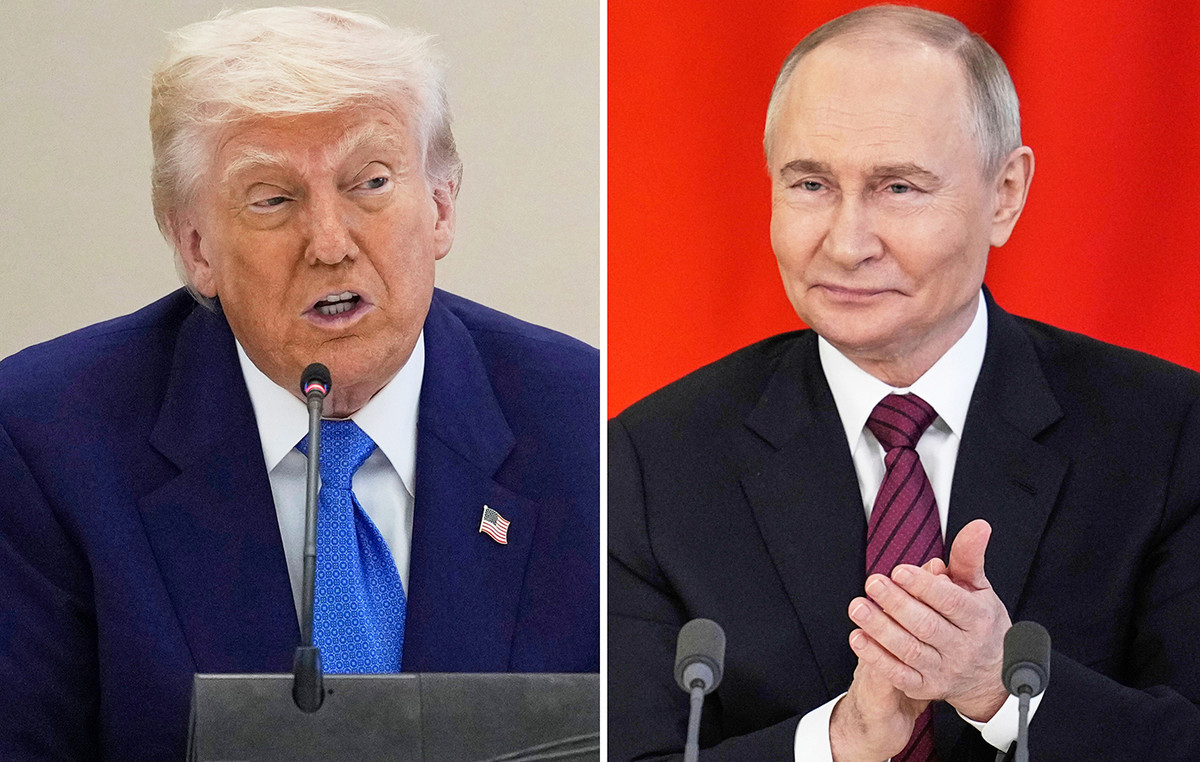Iran launched its largest-ever attack on Israel on Tuesday, firing 180 ballistic missiles, most of which appeared to be intercepted by the missile defenses of Israel, the United States and Jordan, according to those countries’ governments.
The airstrike, far more serious than a similar offensive in April, raised tensions at an extremely tense time in the Middle East as a dangerous regional conflict rages.
Learn more about Iran’s military capabilities below:
Iran’s missiles
Iran has the largest and most diverse missile arsenal in the Middle East, with thousands of ballistic and cruise missiles, some capable of reaching Israel and southeastern Europe, according to an analysis by the Missile Threat Project at the Center for Strategic and International Studies (CSIS) 2021.
The exact numbers for each type of missile are unknown, but US Air Force general Kenneth McKenzie told the US Congress in 2023 that Iran had “more than 3 thousand” ballistic missiles according to a report this year from the Iran Watch website at the Wisconsin Project on Nuclear Arms Control.
Ballistic missiles travel to just outside or near the limits of Earth’s atmosphere, before the warhead’s payload separates from the rocket that carried it aloft and plunges back into the atmosphere and strikes its target.
See some of Iran’s missiles in the table below:
Weapons experts who analyzed social media videos told CNN that Iran used variants of Shahab-3 ballistic missile in the latest attack on Israel.
The Shahab-3 is the basis for all of Iran’s medium-range ballistic missiles, using a liquid propellant, according to Patrick Senft, a research coordinator at Armament Research Services (ARES).
The Missile Threat Project highlights that the Shahab-3 entered service in 2003 and that it can carry a warhead weighing 760 to 1,200 kilograms. The projectile can be fired from mobile launchers as well as from silos.
Iran Watch says the latest Shahab-3 variants — the Ghadr and Emad missiles — are accurate up to 300 meters from their targets.
Iranian media reported that the country used a new missile, the Fattah-1, in attacks.
Tehran describes the Fattah-1 as a “hypersonic” missile, meaning it travels at “Mach 5,” or five times the speed of sound (about 6,100 kilometers per hour).
However, analysts point out that almost all ballistic missiles reach hypersonic speed during their flights, especially when diving towards their targets.
The term “hypersonic” is often used to refer to what are called hypersonic glide vehicles and hypersonic cruise missiles, highly advanced weapons that can maneuver at hypersonic speeds within Earth’s atmosphere. This makes these weapons extremely difficult to shoot down.
Fattah-1 is neither, according to Fabian Hinz, a researcher at the International Institute for Strategic Studies who wrote about the subject last year.
Hinz points out that the Fattah-1 appears to have a warhead on a “maneuverable reentry vehicle,” which allows it to make adjustments to avoid missile defenses during a short portion of its dive toward the target.
Still, this capability would be an improvement over Iran’s previous missiles, Hinz says.
In any case, experts were skeptical that Iran used the new missile for the first time on Tuesday.
“It’s one of their newest ballistic missiles, and they have a lot to lose by using it,” said Trevor Ball, a former senior explosive munitions technician for the U.S. Army.
“Israel would get an idea of its capabilities just by being used. There is also the chance that it will fail, giving Israel an even greater idea of its capabilities. They receive free advertising and do not risk anything by saying that it was used”, he concluded.
Understand the escalation in conflicts in the Middle East
Iran’s missile attack on Israel on the 1st marked a new stage in the regional conflict in the Middle East. On one side of the war is Israel, with support from the United States. On the other, the Axis of Resistance, which receives financial and military support from Iran and which has a series of paramilitary groups.
There are seven conflict fronts currently open: the Islamic Republic of Iran; Hamas, in the Gaza Strip; Hezbollah, in Lebanon; the Syrian government and the militias operating in the country; the Houthis, in Yemen; Shia groups in Iraq; and different militant organizations in the West Bank.
Israel has soldiers on three of these fronts: Lebanon, the West Bank and the Gaza Strip. In the other four, it carries out aerial bombings.
The Israeli Army began a “limited ground operation” in Lebanon on September 30, days after Israel killed Hezbollah leader Hassan Nasrallah in a bombing of the group’s headquarters in the Beirut suburb.
The Israel Defense Forces say they have killed virtually the entire Hezbollah chain of command in similar bombings carried out in recent weeks.
On September 23, Lebanon had its deadliest day since the 2006 war, with more than 500 fatalities.
At least two Brazilian teenagers died in the attacks. Itamaraty condemned the situation and called for an end to hostilities.
With the increase in hostilities, the Brazilian government announced an operation to repatriate Brazilians in Lebanon.
In the West Bank, the Israeli military is trying to dismantle groups opposed to Israel’s occupation of Palestinian territory.
In the Gaza Strip, Israel seeks to eradicate Hamas, responsible for the October 7 attack that left more than 1,200 people dead, according to information from the Israeli government. The Israeli operation killed more than 40,000 Palestinians, according to the enclave’s Ministry of Health, controlled by Hamas.
Hamas leader Yahya Sinwar remains hidden in tunnels in the Gaza Strip, where dozens of Israelis kidnapped by Hamas are also believed to be in captivity.
*with information from Gianluca Mezzofiore and Haley Britzky, from CNN
This content was originally published on What missiles are in Iran’s arsenal? on the CNN Brasil website.
Source: CNN Brasil
Bruce Belcher is a seasoned author with over 5 years of experience in world news. He writes for online news websites and provides in-depth analysis on the world stock market. Bruce is known for his insightful perspectives and commitment to keeping the public informed.







